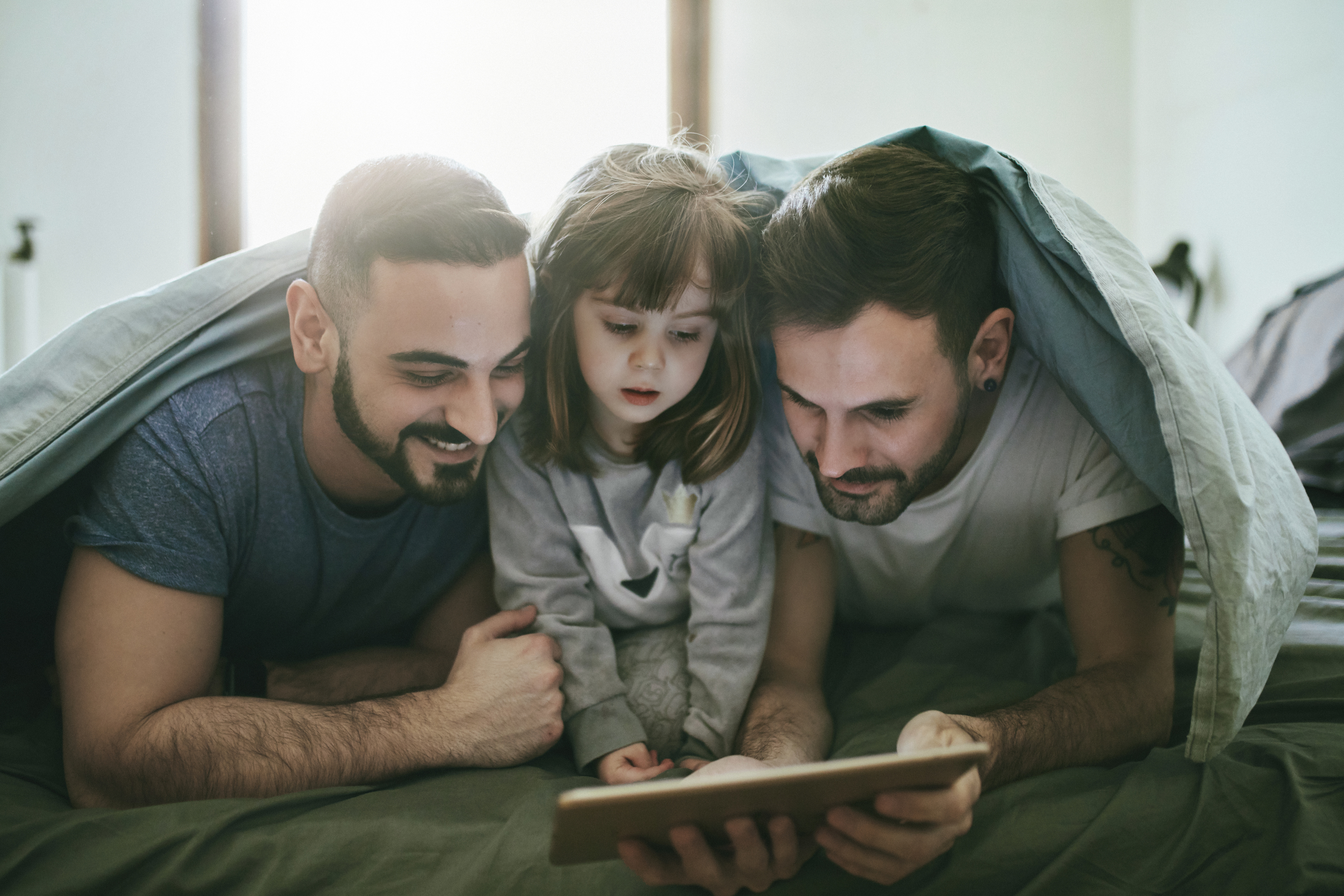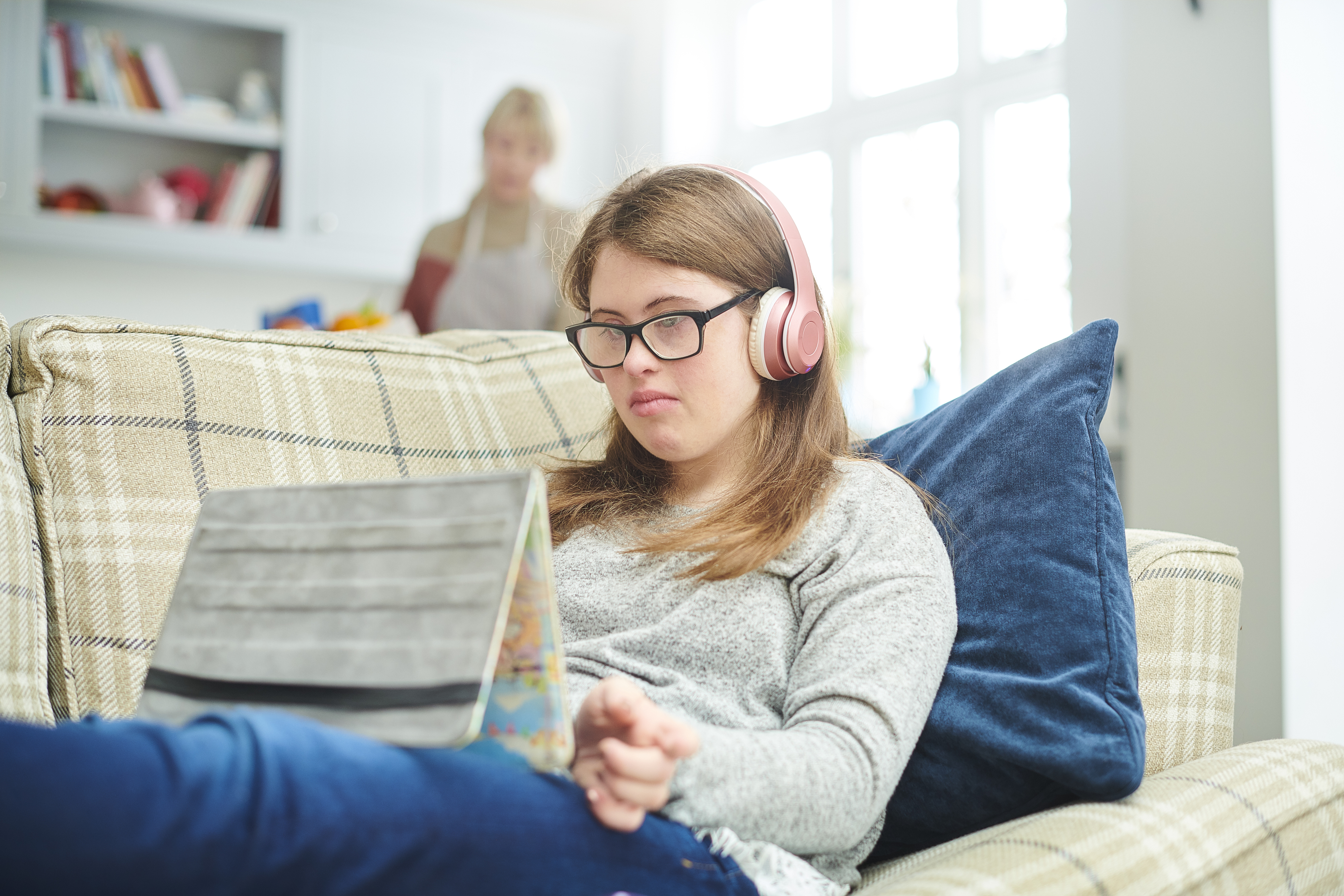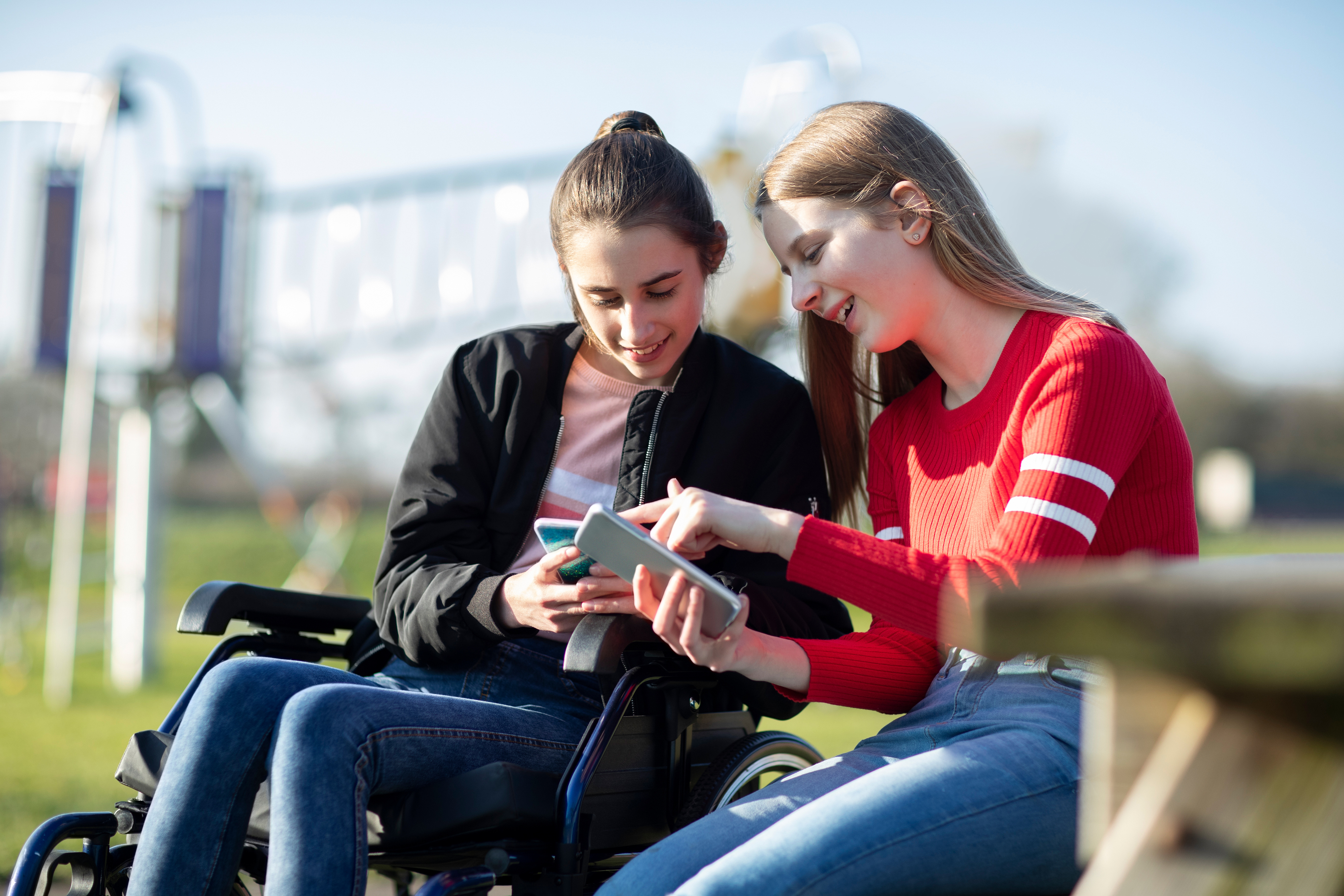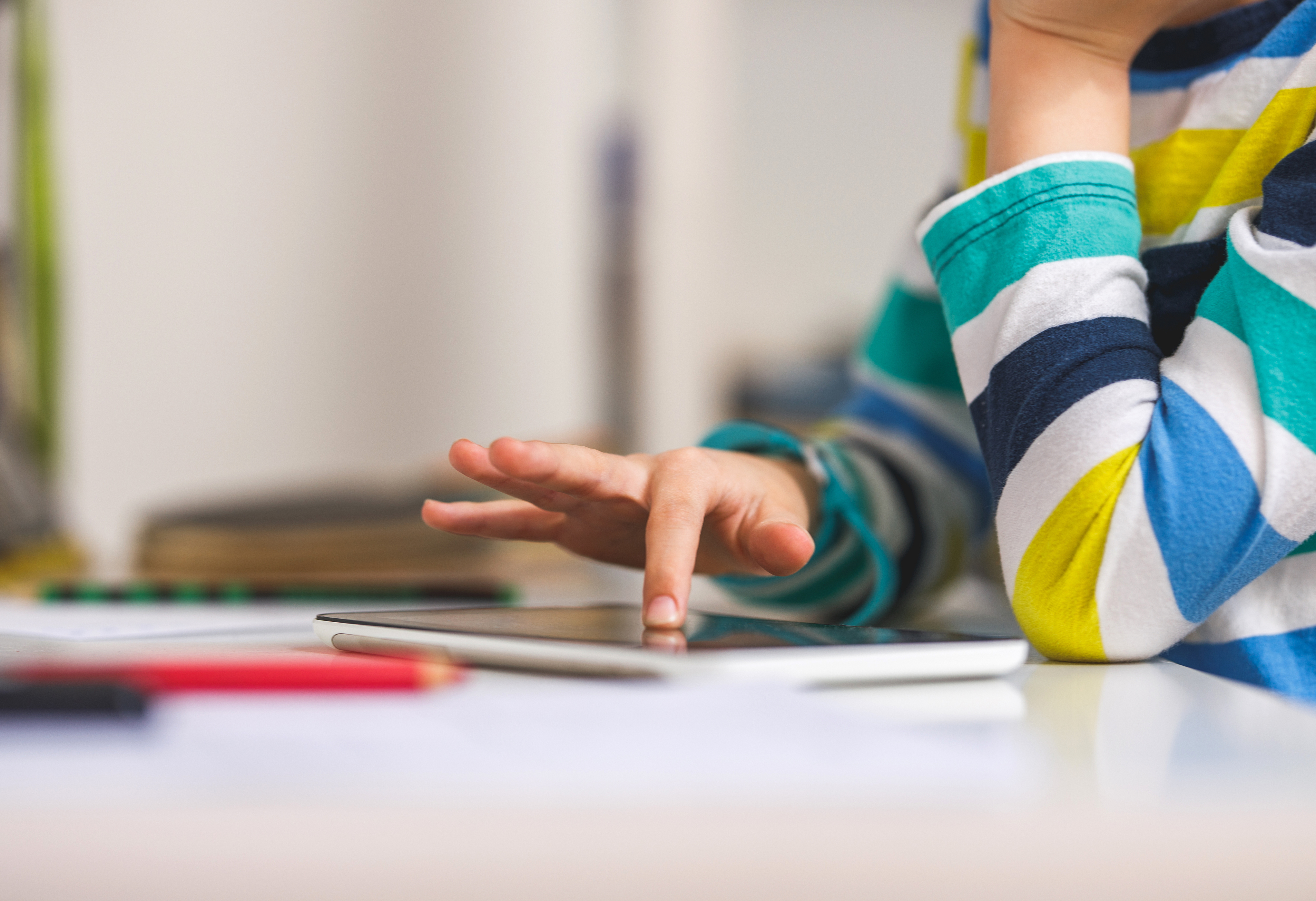Advice secondary menu
Privacy and privacy settings
What you need to know
Limiting the information your child could be sharing online is another way to reduce inappropriate contact from others.
Children may share their personal information either knowingly or unknowingly with other people online. This information can tell others a lot, including your child’s daily routine and even how to contact them.
There are various ways your child’s personal information may be shared, either knowingly or unknowingly. It could be displayed in their public social media account profile or ‘bio’, or contained within images or videos they may be sharing, or within their account usernames.
Your child may even be asked for this information while talking to other people online.
There are steps you can take to manage your child’s privacy. This can vary depending on your child’s online activities.
Always enable strong privacy settings on the games and apps your child uses. A lot of these services typically come with options that allow you to control how much information other people can see or make contact with your child.
Advice for parents and carers
What can I do?
- Always select the strongest privacy settings for children in this age group
- Encourage your child to identify trusted adults who can help.
It’s never too early to start teaching young children about technology and online safety. The early learning resource Playing IT Safe can help you do this.
Playing IT Safe is a free resource developed for prior to school aged children. It’s an introduction to digital technology and online safety education and includes a series of play-based activities that children can undertake in early learning environments with educators, and at home with parents and carers.
You can access Playing IT Safe at http://www.playingitsafe.org.au
What can I do?
- Help your child understand what personal information is
- Set strong privacy settings for your child’s online accounts
- Create ‘smart usernames’ that don’t give away personal information
- Talk to your child about coming to you for help if someone starts asking them personal questions
If your child is in this age group they’re most likely to be playing online games or watching videos, with older children starting to sign up for more interactive online services.
They may not understand what personal information means and why it needs to be kept private, especially from people they don’t really know.
If your child is playing games online, they might be asked to create a ‘username’ for their account. Your child should create a ‘smart username’.
A smart username doesn’t give away personal information such as your child’s full name, age or where they live. Smart usernames can be a nickname or another made up name. We have created a fun way to help your child understand and create a smart username here.
Have conversations with your child about not disclosing personal information when interacting with others online.
If someone is asking your child a lot of personal questions, it can be a sign that something isn’t right. Your child should feel confident to say ‘no’ or leave conversations, and get help from you or another trusted adult.
What can I do?
- Encourage ‘friends only’ or ‘private’ security settings
- A ‘privacy check-up’ can help with adjusting settings on social media accounts
- Delete anything that gives away too much personal information
- If your child has public social media accounts, be aware of the privacy challenges and encourage your child to think critically about information sharing
If your child is in this age they’re more likely to be using various social networking, image and video sharing and instant messaging services. Your child may operate multiple accounts on the same platform for different groups of online contacts or friends, as well as for creating or sharing various types of content.
With most of these services, ‘bio’ or ‘profile’ information is public, which means that it can be seen by anyone online. Some services may even have their privacy settings made public by default, and require you to go in and change them.
Anyone can ‘follow’ or interact with your child if they have ‘open’ or ‘public’ settings. This means that the public can see what your child posts. Sometimes this is deliberate and older children may resist having ‘closed’ accounts that limit their followers or engagement.
Most social networking apps also have GPS or locating settings that record location information, which can potentially allow other people to see where your child is, what they are doing and who they are with. Turn off your GPS or location settings if you’re using apps that don’t need it.
Strong privacy settings are always the best option, but if your child is going to operate public accounts they need to be mindful of the content they are sharing, including:
- Not posting any personal information, this also includes information within images and videos
- Deleting followers or accounts that look suspicious. These often have minimal contacts, have only been active for a short time and use bad quality or generic photos in their profiles
- Avoiding ‘check ins’ which can make it easier for someone to work out your child’s location or routine
- Blocking and reporting inappropriate contact.
If your child is older they may also set up online banking or shopping accounts and will be asked to create a password.
One of the easiest ways to come up with a strong password is to come up with a passphrase which is a random collection of four or more words that are unrelated and easy to remember. More information about how to create a passphrase is here.
Your child must keep their passwords private and never share them with others, especially people they have met online. Once someone can access one account, they may be able to obtain personal information, images or other details.





